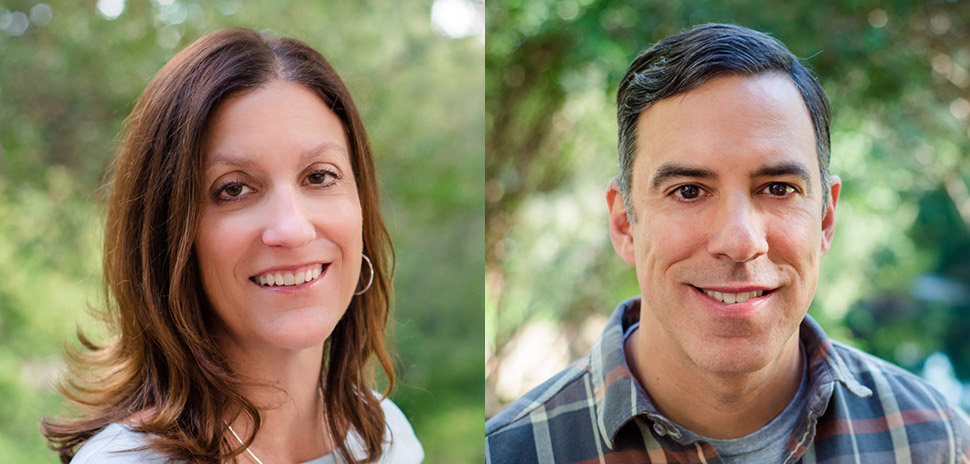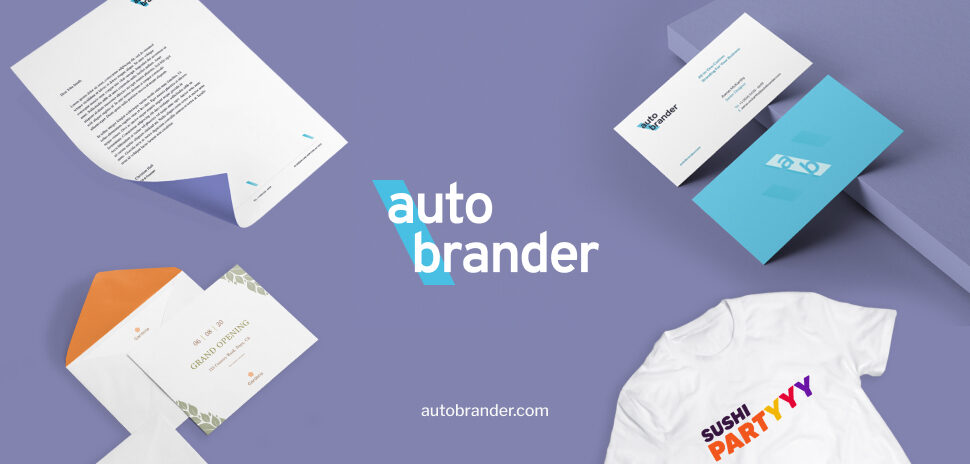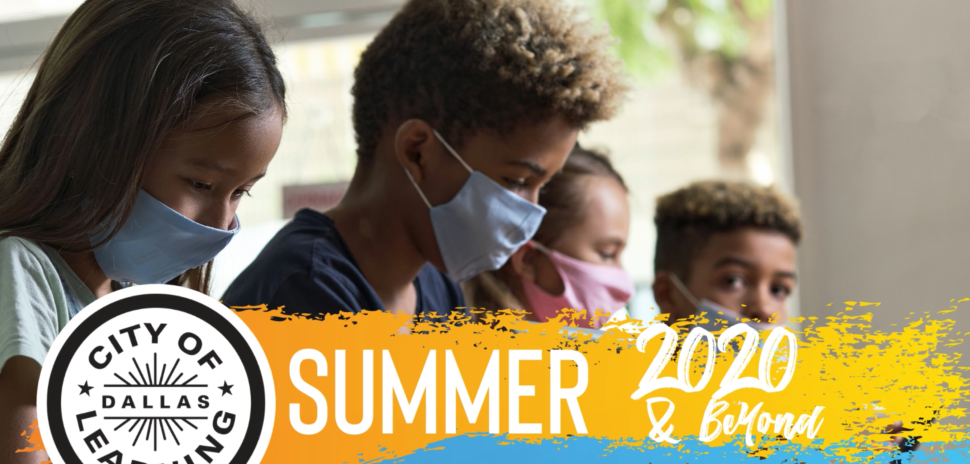2020 shook up the world, but one thing shined through: It was a record-breaking year for philanthropy. Last Thursday, Dallas-based fundraising agency Pursuant held a webinar that looked at the giving landscape, innovations in donor choices, and how nonprofits must pivot to keep up with big trends.
Charitable giving set a record in 2020, with $471 billion raised in the U.S., a 5 percent increase year over year, according to a June report from GivingUSA.
But big questions linger. Was last year’s record merely a one-time surge, as often seen in big disasters? Have changes in donor choices changed fundraising forever? And how could COVID variants and inflation impact nonprofits in the year to come?
Lessons from the grocery salad bar
Matthew Mielcarek, VP of insights and analytics at Pursuant, began the webinar with an intriguing comparison: the grocery store salad bar.
“Since the pandemic hit, grocery salad bar sales have actually fallen 94 percent,” Mielcarek said. “That’s pretty dramatic—so dramatic in fact that some predict that grocery store salad bars may never come back.”
But in fact, he noted, grocery salad bars have actually been declining for many years for a variety of reasons (pre-made salads, new to go options, etc.), and 2020 trends like curbside pickup and Uber Eats only increased that decline.
“When the pandemic hit those poor salad bars it accelerated consumer trends that were already underway,” Mielcarek said. “So a traditional grocery salad bar shopper was likely drawn to an alternative that most aligned to their preferences last year.”
“Towards a post pandemic world consumers aren’t letting go of those options. They want their pre-pandemic preferences while they want to continue to flex the new digital skills that they acquired.”
He sees a link with charitable donors, who discovered a myriad of new ways to connect and engage with nonprofits in 2020, from Zoom sessions to virtual outreach to new online solutions.
“Donors have more choices too, and we can’t think about going back,” Mielcarek said. “Instead we have to go forward and…embrace the ways that donors are choosing to engage with us—today and beyond.”
“We have an opportunity not only to change our programs for the long term, but really to nudge fundraising forward and to truly redefine philanthropy.”
Pursuant’s GivingDNA platform and 2021 Giving Outlook
Pursuant calls itself the only data-driven, full-service fundraising firm focused on helping nonprofits achieve their goals. Founded in 2001, Pursuant partners with a wide list of nonprofit organizations, leveraging the third-party data in its GivingDNA platform to provide donor intelligence and insights—helping nonprofits target, engage, and influence donors.
During the webinar, Pursuant shared insights from its 2021 Giving Outlook report, and how critical intel can be leveraged by nonprofits moving forward.
Donations projected to rise even higher in 2021 and 2022
Though individual giving was up only 2 percent in 2020, it accounted for 69% of total giving. “So it’s still the largest source of philanthropy, and it was really amazing to see individuals dig deep, especially during a time of great need,” said Jennifer Bielat, Pursuant’s EVP of Client Strategy.
Overall in 2020, online revenue was up. “We saw an acceleration of digital transformation take hold,” Bielat said. “Giving grew three times the rate of typical annual growth that we see coming from the online channel.”
What excites Bielat most is that this giving boom doesn’t appear to be over. According to projections by the Lilly Family School of Philanthropy, giving is expected to rise by 4.1 percent in 2021 and 5.7 percent in 2022.
“We’re faced as an industry with all this influx of a lot of new donors,” Bielat said. She hopes that the strength in donor retention seen through Q1 of 2021 can be sustained. “But so much of that has to do with behaviors that we need to really focus on, or in some cases, learn.”
To achieve that will require understanding who your donors are, taking charge of your data, asking the right questions, and creating the right touch points, Bielat said.
Headwinds may lurk ahead
Still, Pursuant acknowledges that obstacles remain. The recovery has been uneven. Vaccination rates remain worrisome. The rise of Delta and other variants could raise uncertainty about the future even as inflation is hitting the economy.
Despite all that, Bielat remains optimistic:
“We would argue that there’s good reason to be enthusiastic about the year ahead towards the prospect for growth, because it feels like America is on the verge of that post-pandemic boom.”
Sector performance in 2020
Public society organizations like the United Way, the Jewish Federation and the ACLU saw the biggest sector fundraising increase in 2020, with a 15.7% rise.
Human services, international affairs, and education sectors were all up 9 percent or greater, while religious nonprofits rose 1 percent.
On the downside, donations to healthcare nonprofits fell 3 percent, but this may have been due in part to funds flowing toward early vaccine research.
Arts, culture, and the humanities nonprofits had one of the biggest hits, with giving falling 7.5 percent. “As we went into lockdown and the doors to museums and different cultural institutions had to close, it became more difficult for them to actually deliver on mission,” Bielat said. “So they had to really reinvent themselves. Many of them came through this very, very strong.”
How nonprofits can pivot for the ‘Great Resumption’
“Over the past year we’ve been working with clients and leaders in the marketplace, to understand what pivoting means to them, how they’re adapting, and what they’re doing to navigate what we’ve been referring to as this ‘Great Resumption,’ as individuals go back to their lives,” Mielcarek said.
Pursuant identified four key pivoting strategies:
Resetting fundraising strategies
“Leaders are rebalancing their fundraising programs and how they prioritize channel and organize their teams,” Mielcarek said.
Direct mail and digital acquisition strategies have been “tremendously successful,” leading to a strong influx of new donors. For many nonprofits, these strategies were an extreme pivot from face-to-face or in-person events that had traditionally been their greatest source of new donors.
Automated marketing solutions are another big trend, strengthening the donor experience by having postcards and emails automatically sent to new donors in a much more sophisticated, branched approach.
Taking command of data
“Data has long served as that lifeblood for building our relationships and driving experiences,” Bielat said. But changes in privacy and tracking policies are making some third-party data solutions more difficult. The ability to track donors “quite frankly will be going away as we know it,” she said.
That’s made first-party data more valuable than ever before.
“We’re seeing nonprofits, including our own clients, really prioritizing data capture right now, as well as augmenting their data. it’s really important to be able to take a step in try to enrich your data,” Bielat said.
To achieve that, organizations are leaning into sophisticated AI models—both augmented intelligence as well as artificial intelligence—to drive better acquisition decisions and stronger performance.
“Without that ability to capture data and to enrich it and to analyze it and pull out those insights, as fundraisers we may lose the ability to actually manage and create and deliver a donor experience of our own choosing,” Bielat said.
Focusing on the donor experience
Beyond AI models and data diving, nonprofits must always focus on one thing that drives it all: the donor experience.
“The fundraisers who are succeeding by investing in donor experience are paying attention to that new donor and their first year experience after making a gift,” said Mielcarek.
Nonprofits must also invest in the experiences of more loyal donors, he said, “so that we can drive retention and multi-year relationships, and grow and improve value through that experience.”
Accelerating omnichannel
Donor channels are blurring from television to computers to mobile devices, and from mailboxes to inboxes. The future is an omnichannel experience, Bielat said.
“Donors are going to support charities that deliver the very best experiences, regardless of whether that experience is delivered physically, digitally, or something in between.”
Pursuant is seeing impacts of activity in multiple upstream activities, from increased site traffic caused by a direct mail piece to social media likes generated by a nonprofit email.
“It’s really imperative for nonprofits to understand who their donors are, what motivates them, and then fulfill on those expectations,” she added. “Now is the time as fundraisers to create that new path.”
Know your donors—and what motivates them most
Pursuant wrapped up the webinar by offering a set of tools and solutions nonprofits can use to drive fundraising growth.
Mielcarek said his company’s GivingDNA platform enables nonprofits to load constituent and transaction data and then enrich it with demographic and psychographic insights.
These insights can help nonprofits understand the composition of their donor universe along with unique segments within it, so they can target and create unique donor experiences.
Pursuant also helps nonprofits explore growth scenarios through projection exercises that can point them toward the right decisions to make moving forward.
Two simple but powerful questions
Data and analysis can do a lot. But two simple questions can be powerful tools as well, Mielcarek said.
“I might suggest quite simply asking…’What is your connection to our cause?'” and “‘How connected do you feel to our mission?’ Because what we learn, time after time, is that individuals who say that they feel more closely connected to your mission engage more. They show up at more events, they volunteer more often, they give more frequently, and they give more.”
![]()
Get on the list.
Dallas Innovates, every day.
Sign up to keep your eye on what’s new and next in Dallas-Fort Worth, every day.

































